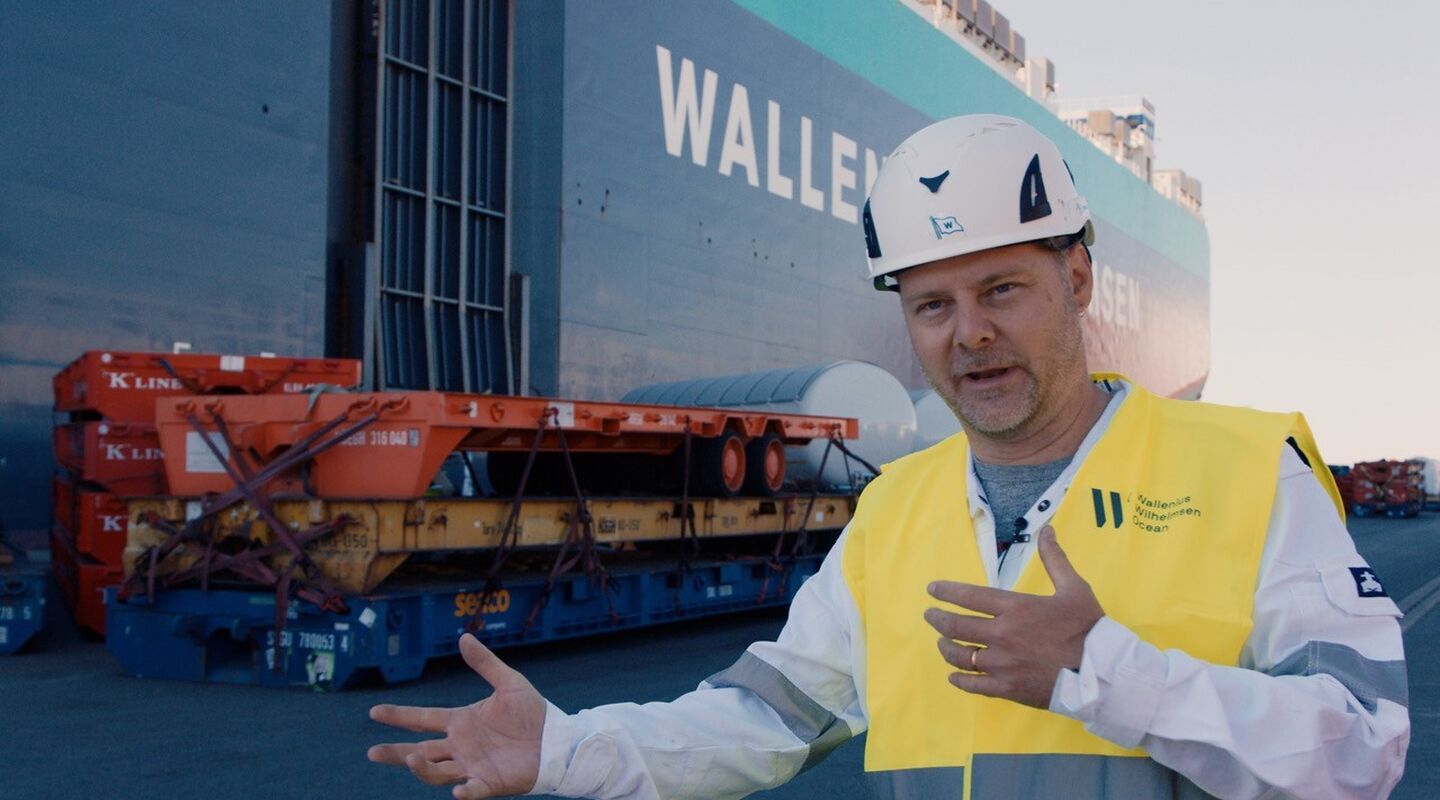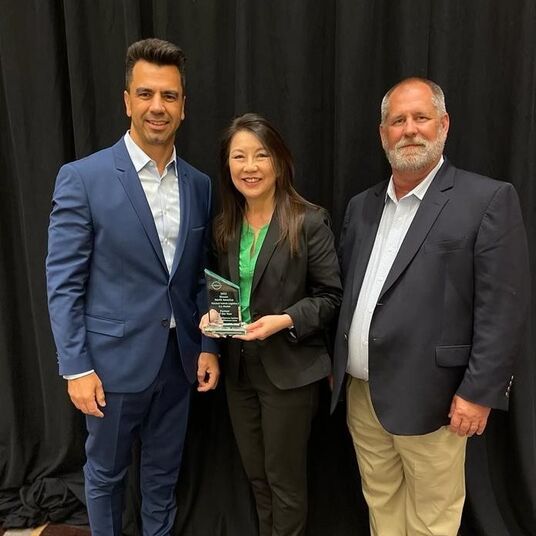The world’s oceans are hanging by the rope! Safety and the environment are aligned
Wallenius Wilhelmsen and Wilhelmsen Ships Service have a groundbreaking pilot underway: The initial goal is to collect and handle 10,000 tons ropes annually. 200-meter-long vessels use a lot of mooring ropes during their lifetime. Thus far most retired ropes are ending in landfills or burned. There has not been a sustainable rope return system available.

“Keep in mind; these ropes are made from virgin plastic. They are only in the initial phase of the lifecycle as fibers, maybe we can build a functional and sustainable value chain containing a series of plastic products,” asks Tore Strand, subject matter expert ropes at Wilhelmsen Ships Service.
3-7 years use
The mooring ropes are generally used for a period of three to seven years. Wallenius Wilhelmsen conducts continual visual examinations of the durability of the ropes, and the life expectancy varies from rope-to-rope, from vessel-to-vessel. Thus far, safety has been the sole focus when conducting these examinations. “Safety will always be the number one priority, but we now work to establish a system where we incentivize the reuse of ropes because there is a value in sending used ropes into the circular economy,” says Strand.
Port recycling
“Now we are in the process of collecting and picking-up ropes at select ports and sending them on to our own rope factory for examination and testing of new usage,” says Strand. Old ropes will be turned into new ropes or other fiber products. “Thus far, we have only used virgin plastic in our new first-generation ropes. Our ambition going forward is to move into a sustainable reuse of ropes in a closed loop system. It has proven challenging because many of the retired mooring ropes are containing a mix of different materials and the design makes it hard to take out components for reuse. There are other options we can look into; maybe we can the reused fibers for mooring for leisure boats or aqua culture projects for instance?”
The composition of a rope is unlike any other. It is complicated engineering to secure the desired strength needed for vessels of Wallenius Wilhelmsen’s magnitude. Strand says: “We need specialized partners to unlock the value of the material in a sustainable manner.”

Build new value chain
During this pioneer project, Wallenius Wilhelmsen is establishing a new workable value chain including pick-up, delivery and return of ropes. “Thus far, there has been no tracking of ropes: We have had no knowledge of what is happening to the ropes once we determine that they are obsolete for our purpose. Safety is a key component in this evaluation. Now sustainability is the other key component added to this equation,” says Strand.
Dumped in the ocean
“We know from research that a great number of ropes are dumped into the ocean or sold to local vendors to keep amounts of waste low at ports. We are now part of an effort to establish port reception facilities to ease the handling of used ropes and ensure that the remains are put into a recycling system and not an incinerator,” says Strand who emphasizes that there is a need to establish a tracking system based on a serial number system or something similar. He is also looking into the possibility of setting up a “rope as a service” arrangement where industry players sign-up for the rope recycling system with contractual obligations.
“It is still early days and impossible to tell the fixed cost of recycled mooring ropes. With today’s focus on green shipping, old ropes will become a commodity - not only because you get a new rope made from an old one - but because players can be willing to pay for getting their ropes recycled to ensure that they are compliant with their sustainability goals towards 2030 and on.”
The European strategy for plastics in a circular economy was adopted in 2018 and it was the first ever Europe-wide strategy on plastics. That strategy outlines a transition towards a circular economy; plastics placed on the EU market shall be reused, repaired and recycled and their design and production shall consist of sustainable materials causing no harm for the environment. Mandatory marking of plastic ropes could be a possible direction which the EU could go.


